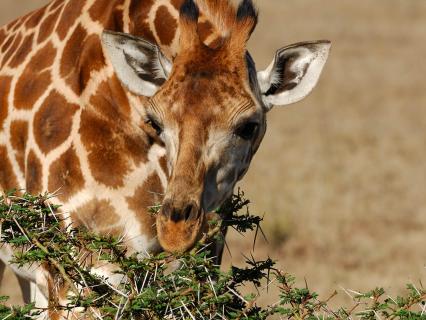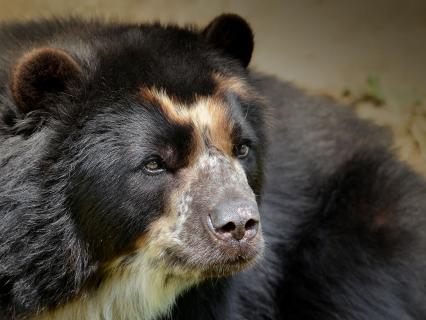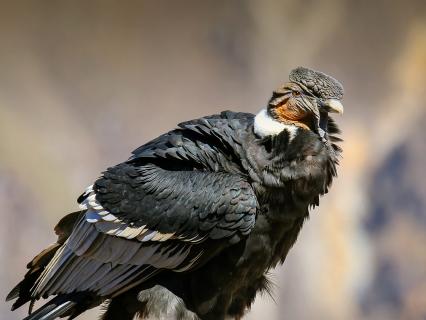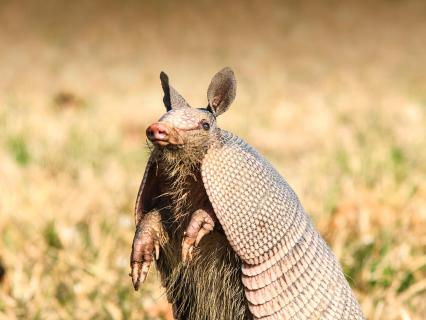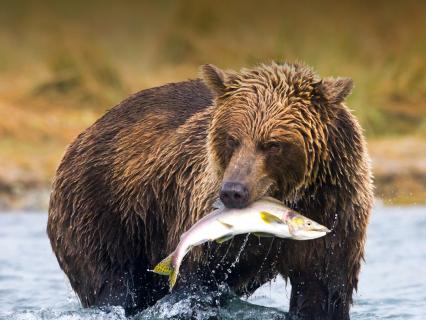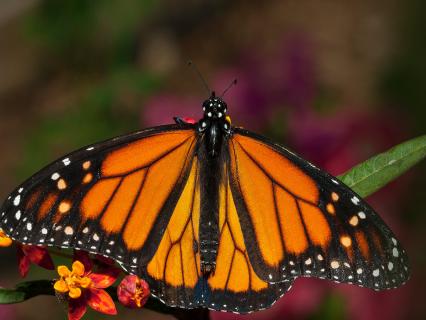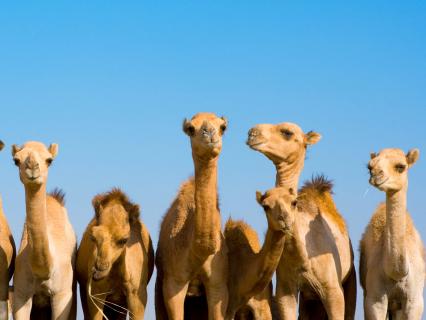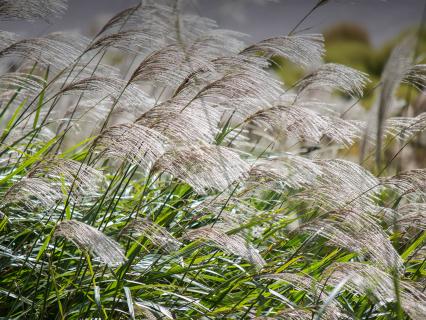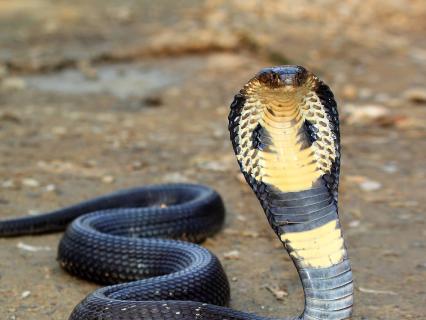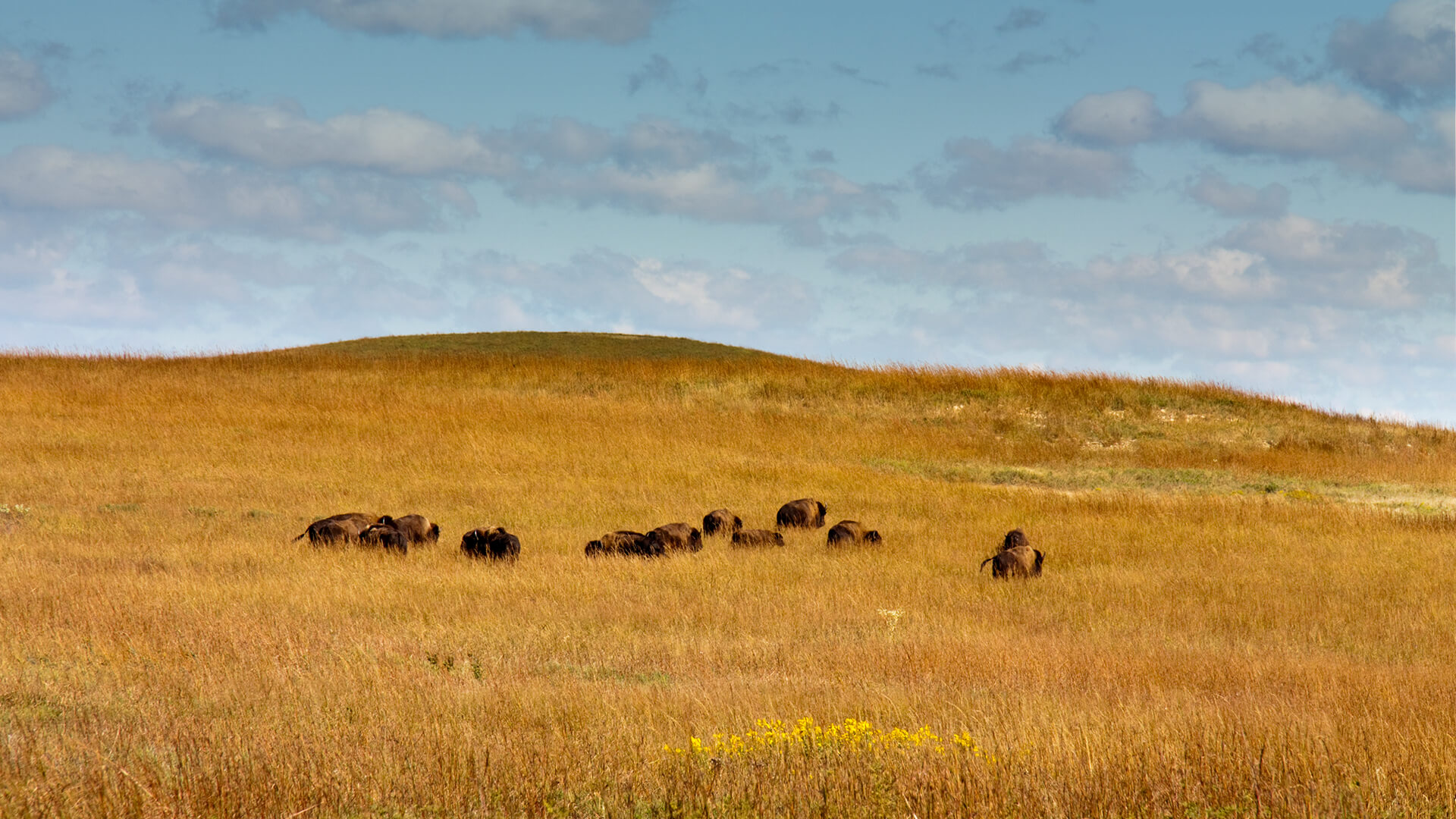
Prairie and Steppes
The North and South American prairies and the Asian and Australian steppes are grassland habitats that, unlike the savanna, undergo greater changes in season and temperature: hot in the summer and cold in the winter. Also called temperate grasslands, these habitats have evolved over thousands of years to withstand wind, storms, torrential rainfall, fire, and grazing by large animals. A prairie usually has taller grasses than a steppe; some of the dry, short-grass prairie of North America's Great Plains is also called a steppe.
There is an enormous diversity of plant life, with hundreds of species of grasses, herbs, mosses, and other plants in prairies and steppes. The grasses have strong roots, flexible stems that can store nutrients, and varying degrees of drought tolerance. These grasses keep the prairie functioning: when an area is overgrazed or farmed intensively for too long, the grasses disappear, and the topsoil is vulnerable to erosion and being blown away by wind. There are also creeks and streams that run through these grasslands, which support trees, and there are also rock outcroppings that provide shelter for wildlife.
Even though the prairie may seem desolate, it is actually a fertile and diverse habitat that has been known to harbor 80 different mammal species and more than 300 species of birds in some places.


